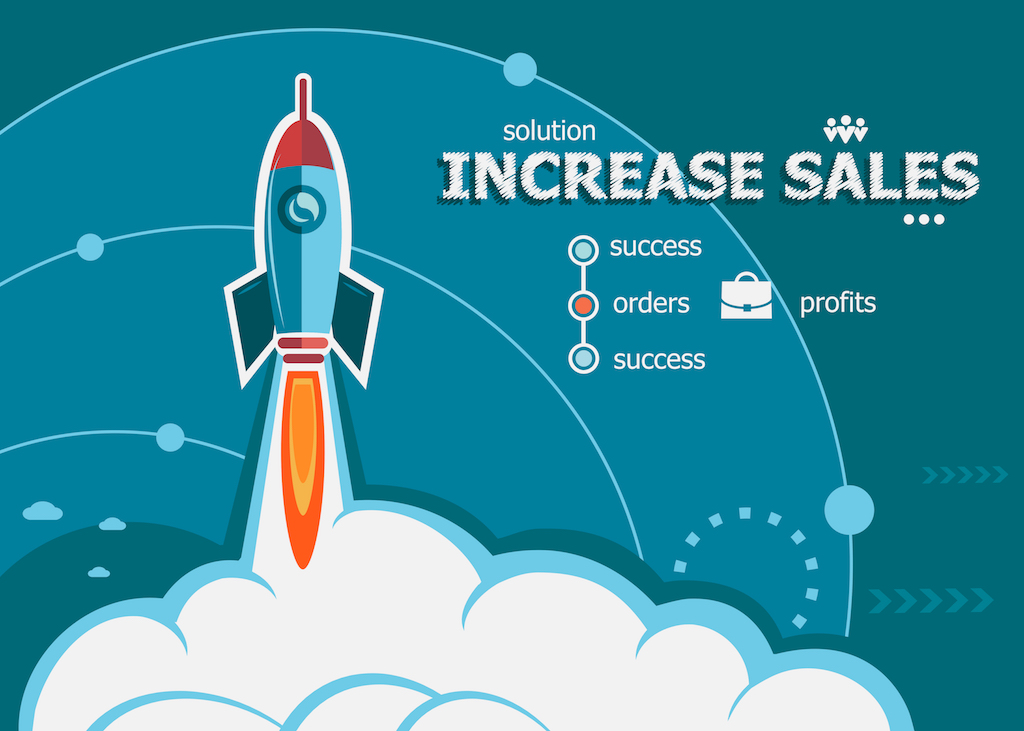Barry Guiney, partner at Odgers Berndtson Ireland, questions if a major reshuffle of start-up and scale-up CEOs is on the horizon, and if Founder-Mode is the path forward?
A new term has recently been added to the Silicon Valley lexicon: “Founder-Mode,” introduced by Paul Graham, co-founder of Y Combinator.
In his essay of the same name, Graham advocates for the value of Founder-Mode, where a CEO leads the company with a hands-on approach across all levels. This is particularly important for scaling businesses.
“Founders in Founder-Mode often seek high levels of control and autonomy, which can lead to a reluctance to accept criticism – after all, no one wants to hear that their ‘baby’ is flawed”
In contrast, the opposite of this, which Graham refers to as “Manager-Mode,” becomes an issue when CEOs follow the conventional advice of delegating heavily and managing from a distance or as Graham outlines: “hire professional fakers and let them drive the company into the ground.” But is this really the case? Is a founder’s direct engagement the key to scaling, or can stepping back actually empower teams and foster innovation?
In Graham’s essay, he highlights a speech by Airbnb CEO Brian Chesky, where Chesky reflects on the early days of his leadership. Initially, he followed the conventional “Manager-Mode” approach by stepping back and delegating, only to find it “disastrous.”
Advocating Founder-Mode
However in a recent podcast, Chesky addressed the viral nature of his comments on “Founder-Mode,” clarifying that some interpretations were taken out of context.
He emphasised the importance of being deeply involved in details as a leader, countering the misconception that such engagement equates to micromanagement. Ultimately, he advocated for a leadership style that emphasises presence, partnership, and a comprehensive understanding of the organisation. He argues that founders are like parents to their companies, understanding them in a way no one else can.
Another prominent advocate for “Founder-Mode” is Jeff Bezos, one of the most successful tech founders globally and known for his reputation as a micromanager. While this hands-on leadership style can be effective, it also has its downsides.
Founders in Founder-Mode often seek high levels of control and autonomy, which can lead to a reluctance to accept criticism – after all, no one wants to hear that their “baby” is flawed. This sensitivity can cloud judgement, sometimes fostering rose tinted glasses. In the same vein, loyalty, which can be an asset in the early stages, may become a liability as founders find it difficult to cut ties with underperforming employees.
Moreover, founders can get bogged down in day-to-day operations, attending meetings or simple tasks that could be delegated to others. This inability to step back and focus on higher-level strategic planning can be detrimental, particularly as the company scales. The transition from Start-up to Scale-up is often deemed as the time in which hyper-involved founders can see the pain points of their decision. While Founder-mode is not inherently bad, it may not be sustainable.
Turning a vision into reality
While it takes a certain type of person to start a company and persevere through its early challenges, it typically requires a skilled executive to steer the big picture. Here at Odgers Berndtson we have observed firsthand how the skills that drive a company to grow aren’t necessarily the skills needed to manage it effectively once scaled.
As one of our clients put it: “The skills to grow the business to scale may not be the skills to lead the business at scale.”
Thus, the founder may benefit from systemic team coaching to adapt to these new demands without stalling the company’s growth.
This transition involves turning the founder’s vision into actionable steps as the company moves from the often high-energy, sometimes chaotic environment of a startup to the more structured and measured phase of scaling up.
Founders play an essential role in scaling a company, especially in the hiring process, where their deep understanding of the company’s mission and culture is invaluable. They should start by asking critical questions such as: As the organisation scales, how does the leadership’s role evolve and what kind of leader is suited to our culture? Is this the right leadership at the right time for both the team and the company? Am I considering the long term implications of this hire and will this lead to sustainable growth?
Often, the key to unlocking a company’s full potential lies not in simply shifting from “Founder-Mode” to “Manager-Mode,” but in finding a balance between the two. This integrated approach fuses the founder’s unique visionary thinking and creativity with the structured operational thinking of professional management.
It’s no secret that Graham’s essay resonated deeply with founders.
However, the team that builds a business often isn’t ready to lead it through its next phase of growth especially as investors bring in new perspectives and set fresh growth targets for the company.
It’s important to recognize that the figures Graham and other proponents of Founder-Mode elevate as icons are more often the exception than the rule when it comes to scaling a start-up into a successful empire.
-
Bank of Ireland is welcoming new customers every day – funding investments, working capital and expansions across multiple sectors. To learn more, click here
-
Listen to the ThinkBusiness Podcast for business insights and inspiration. All episodes are here. You can also listen to the Podcast on:
-
Spotify
-
SoundCloud
-
Apple






